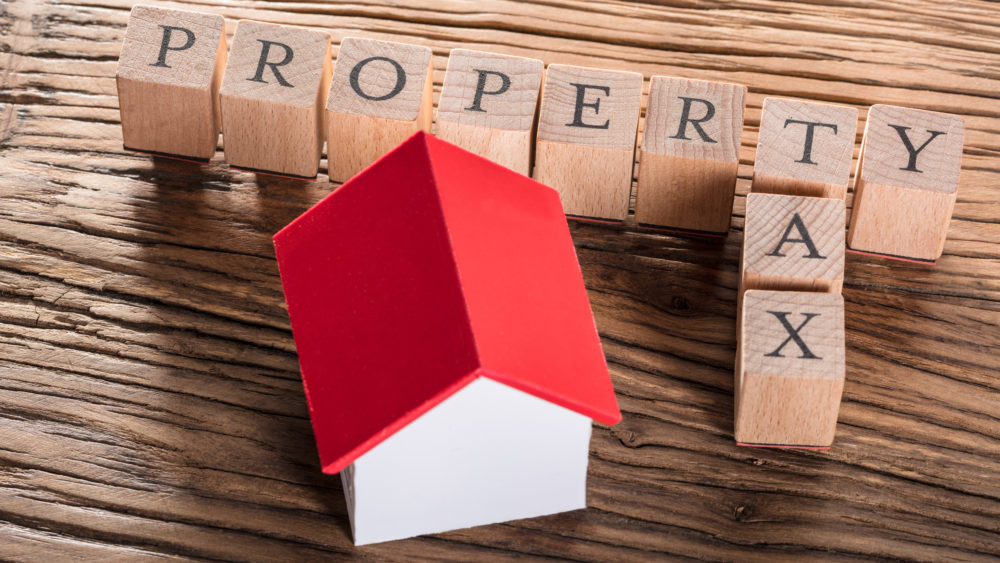In March 2020, SMART—Sonoma-Marin Area Transit—will ask voters to approve a 30-year extension of a sales tax that’s already ran 10 years, with another 10 years to go. Why not just admit that the SMART tax is intended to be forever?
In 2006, the SMART sales tax came to a vote in Marin and Sonoma counties. It needed two-thirds approval in each county, separately. It passed in Sonoma, but failed in Marin. This left backers of SMART in a desperate situation. In response, they changed the voting rules so that approval could occur on a combined basis. And though legally questionable, the SMART board of directors used $1.5 million from a previous transportation measure to hire a consulting firm to run a slick advertising campaign in favor of the SMART tax. The campaign relied heavily on endless images of congestion on the 101 freeway, even though the Environmental Impact Report for SMART revealed that it would have minimal impact on the freeway and produce a small decrease in greenhouse gas emissions, while costing hundreds of millions of dollars. There were predictions of dire environmental consequences if the train wasn’t built. The fact that the train is diesel, instead of electric, was downplayed.
Backers also boldly adopted a promise-the-moon approach to marketing SMART for a new vote in 2008. The tax again failed in Marin, but passed with a wide enough margin in Sonoma County to approve the tax overall.
Almost immediately, SMART began spending money with abandon. The first 17 employees received an average annual pay of $164,000, as well as average pension contributions of $32,000, and average health premiums of $22,647. The new general manager received a compensation-and-benefits package exceeding $310,000 per year, reportedly more than the BART chief. That package increased to $394,808 in 2018. For that first group of employees, SMART also agreed to pay the “employee” pension contribution equal to another 7 percent of pay salary. And the SMART board voted to make construction projects on the line subject to Project Labor Agreements, a method of rewarding union supporters and possibly leading to higher construction costs.
Later, when it turned out that promising the moon wasn’t realistic, SMART downsized the system. The blame was ascribed to lower sales tax revenue during the recession. While the downturn in the economy can take some blame, it’s also likely that the quarter-cent sales tax was never sufficient to build what was promised. Instead, we were manipulated in a classic political method described by a prominent Bay Area politician as follows: “No public works project will ever get approved if you tell the voters the real cost. Instead, you just need to get started and dig a hole so deep that it can only be filled in with money.”
Now SMART says it has big financial shortfalls that can only be filled by a huge tax extension.
SMART faces a hurdle with voters because of various past mistakes and miscalculations such as consistent construction cost overruns, generous pay-benefits packages, less-than-expected ridership, high ticket prices, insufficient parking, some stations (Cloverdale, Healdsburg) that may never operate, other stations that may be years away from availability, a bicycle-walking path that may never be complete, and mammoth new construction costs such as an estimated $185 million for the train bridge in Healdsburg, or $364 million to complete the line from Windsor to Cloverdale. This doesn’t even include the effect of more accidental deaths and suicides on the rails.
But now we’ll get the answer to a question I asked in print in 2012, when SMART was still five years away from beginning service: What if even the downsized SMART system won’t work financially without another sales tax increase? I don’t expect revenues to prevent another crisis of funding, because of this simple math: The operating cost per ride is more than $80.
SMART and its board of directors have already begun the campaign of dire warnings. Unless SMART gets a lengthy tax extension, it will have to cut service and lay off employees. Less rail service and fewer employees will result in fewer passengers, making the financial situation worse.
Next will come TV, radio, newspaper and Internet-based ads, perhaps by the same consulting firm SMART used 11 years ago, with a barrage of pictures of congestion on the 101 freeway, this despite the fact that SMART has a “minimal” effect on freeway traffic.
This raises another question: Can we trust what SMART tells us? Years ago, Chris Coursey served as information officer for SMART. I had questions and telephoned Chris. He picked up the phone when I called and answered my questions immediately. Some months later I called again and discovered that Chris was gone. I was told that only the general manager could answer my questions, which had to be submitted in writing. I did so, and now, years later, I’m still waiting for the general manager to get back to me. As of this writing in early October, I called again and got voice mail for Matt Stevens, SMART’s community outreach officer. I left a detailed message. I still have no response.




